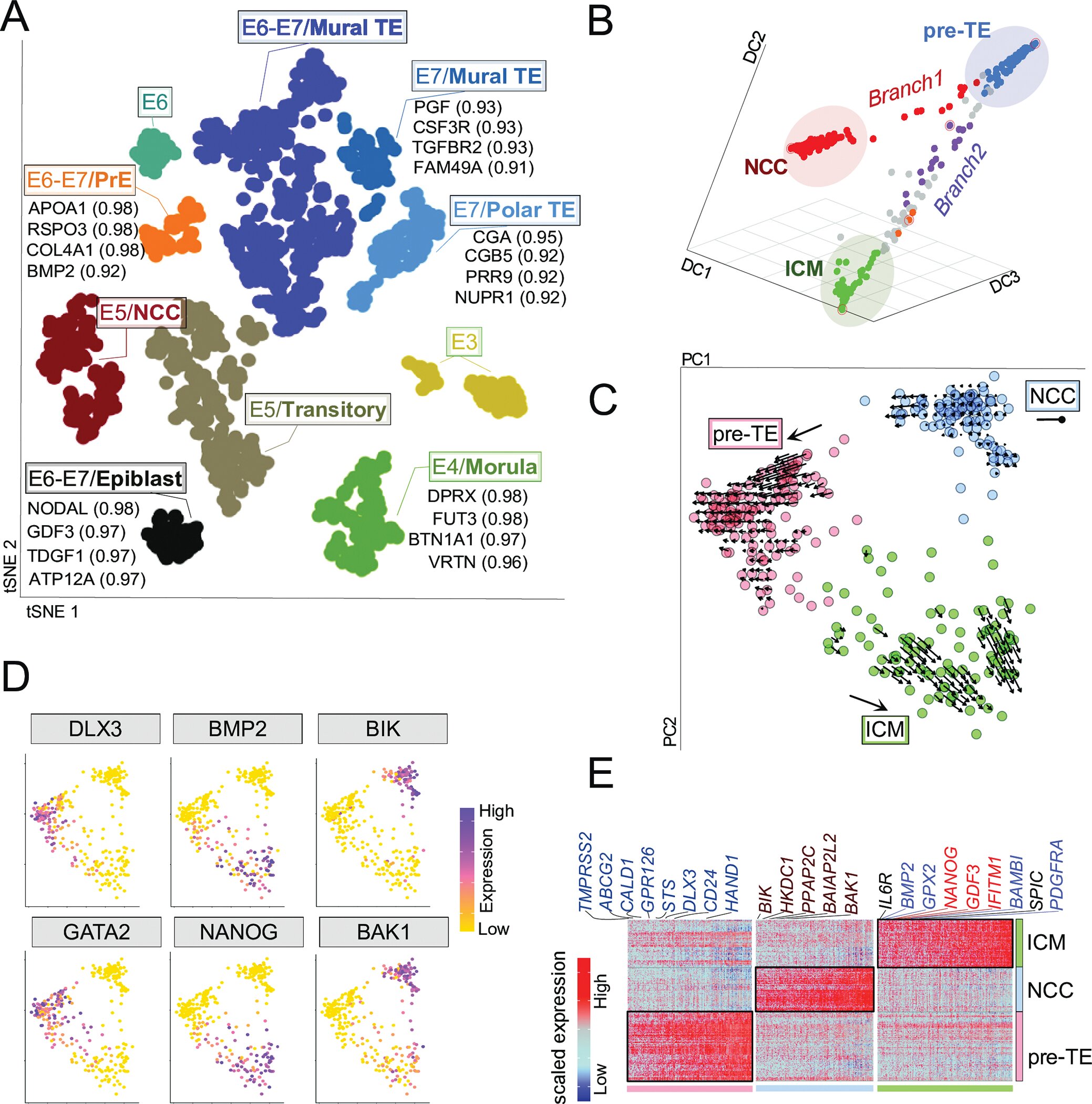Researchers have recently made an exciting discovery regarding early human embryo development. By analyzing gene activity data, scientists identified a previously unknown type of cell that self-destructs shortly after formation. This self-destruction serves as a quality control mechanism to protect the developing fetus. These findings not only shed light on the very first stages of life after fertilization, but they also have the potential to enhance in vitro fertilization (IVF) and regenerative medicine treatments in the future.
A groundbreaking study published in PLoS Biology on June 20, 2023, by an international team of scientists, including researchers from the University of Bath, challenges our traditional understanding of early human development.
While adults consist of trillions of cells, they all originate from a single fertilized egg cell. This cell then undergoes division, resulting in two cells, then four, then eight, and so on. Eventually, the cells begin to specialize and take on specific functions. Some become part of the placenta, while others develop into the embryo.
Discovery of Self-Destructing Embryonic Cell
The research team analyzed previously published data on gene activity in individual cells from five-day-old embryos. Surprisingly, approximately a quarter of the cells did not match any known cell types related to early embryos or placentas.
Further investigation revealed that these cells contained “Young transposable elements” or “jumping genes.” These DNA elements can replicate and insert themselves back into our DNA, often causing damage in the process.
Collaborative staining experiments conducted in Spain confirmed the existence of these cells and their proteins derived from the jumping genes.
Looking ahead, the team observed that the descendants of these cells had DNA damage and underwent programmed cell death.
A Quality Control Mechanism
The researchers propose that this process functions as a quality control mechanism, selecting against damaged or defective cells.
Dr. Zsuzsanna Izsvák, co-senior author from the Max Delbrück Center and an expert on mobile DNA, explained, “Humans, like all organisms, constantly contend with these harmful jumping genes. While we try to suppress them through various means, they remain active in some cells during early development, likely because our genetic defenses cannot act quickly enough.”
Co-lead author Professor Laurence Hurst, from the Milner Centre for Evolution at the University of Bath, added, “If a cell is damaged by jumping genes or other errors, such as having an incorrect number of chromosomes, it is beneficial for the embryo to eliminate these cells and prevent them from becoming part of the developing baby. What we are observing within embryos resembles survival of the fittest, but this time it occurs among nearly identical cells. It appears that we have uncovered a novel defense mechanism against these harmful genetic elements.”
Harnessing Ancient Genetic Mechanisms
Interestingly, analysis of the single-cell data revealed that the key cells that develop into the embryo do not contain jumping genes. Instead, they express a virus-like gene called human endogenous virus H, which helps suppress the activity of the young jumping genes within the inner cell mass. This discovery supports the emerging pattern of using ancient genetic enemies to combat modern threats.
Furthermore, the researchers suggest that if the quality control process becomes too sensitive, it may lead to the demise of the entire embryo. This could explain why certain mutations associated with detecting early embryo damage are also linked to infertility.
More information:
Manvendra Singh et al, A new human embryonic cell type associated with activity of young transposable elements allows definition of the inner cell mass, PLOS Biology (2023). DOI: 10.1371/journal.pbio.3002162
Citation:
Scientists discover new embryonic cell type that self-destructs to protect the developing embryo (2023, June 20). Retrieved 21 June 2023, from https://phys.org/news/2023-06-scientists-embryonic-cell-self-destructs-embryo.html
This document is subject to copyright. Apart from any fair dealing for the purpose of private study or research, no
part may be reproduced without written permission. The content is provided for information purposes only.
Denial of responsibility! TechCodex is an automatic aggregator of the all world’s media. In each content, the hyperlink to the primary source is specified. All trademarks belong to their rightful owners, and all materials to their authors. For any complaint, please reach us at – [email protected]. We will take necessary action within 24 hours.

Jessica Irvine is a tech enthusiast specializing in gadgets. From smart home devices to cutting-edge electronics, Jessica explores the world of consumer tech, offering readers comprehensive reviews, hands-on experiences, and expert insights into the coolest and most innovative gadgets on the market.


